The New England Aster is a vibrant addition to any fall garden, offering a burst of color when many plants have begun to fade. This hardy perennial thrives in most North American gardens and is known for its late-season blooms, from August through October. Once established, it requires minimal care, making it a favorite among gardeners seeking both beauty and ease of maintenance.
If you’re looking to enhance your garden with a reliable, low-maintenance plant that attracts pollinators like bees and butterflies, the New England Aster is an excellent choice. Let’s explore how to grow and care for this stunning perennial.
| Common name | New England Aster |
| Botanical name | Symphyotrichum novae-angliae |
| Family | Asteraceae |
| Species | novae-angliae |
| Origin | Eastern North America |
| Life cycle | Perennial |
| Plant type | Herbaceous Perennial |
| Hardiness zone | 4, 5, 6, 7, 8 |
| Sunlight | Full Sun |
| Maintenance | Medium |
| Soil condition | Clay |
| Drainage | Well-Drained |
| Spacing | 12 in. – 3 ft. |
| Harvest time | Fall |
| Flowering period | Fall |
| Height | 3 ft. – 7 ft. |
| Flower color | Lavender, Purple |
| Leaf color | Green |
| Fruit type | Achene |
| Flower benefit | Good Cut |
| Garden style | Butterfly Garden |
I. Appearance and Characteristics
Symphyotrichum novae-angliae (formerly Aster novae-angliae) is a species of flowering plant in the aster family (Asteraceae) native to central and eastern North America. Commonly known as New England aster, hairy Michaelmas-daisy, or Michaelmas daisy.
New England aster is a clump-forming perennial and herbaceous plant. Usually it is between 30 and 120 centimeters (1 and 4 feet) tall and 60 to 90 cm (2 to 3 ft) wide. Sometimes it can reach heights of 180 to 240 cm (6 to 8 ft). It is cespitose, growing in clumps with several erect stems emerging from a single point. The stems are stout and mostly unbranched. The upper stems and leaves, along with some parts of the flower heads, are covered with tiny glands on tiny stalks called “stipitate glands”.
- Roots, stems, and leaves
The roots either come from caudices or short rhizomes and are thick, appearing woody, sometimes with cormoid portions. There are usually from one to five strong, erect, hairy stems growing from the root base. These can be brown or purplish in color, and largely stipulate-glandular higher up.
Symphyotrichum novae-angliae has light to dark green, thin, and often stiff alternate and simple leaves. These occur at the base, on stems, and on the flower head branches which all have generally the same lanceolate appearance regardless of their location on the plant. The exception to this is the basal (bottom) leaves, which are usually spatulate or sometimes oblongolate in shape. The lower stem leaves often wither or drop by the time the plant flowers.
The leaf margins are sometimes entire, meaning they are smooth on the edges with no teeth or lobes, or ciliate, meaning fringed with fine hairs on their edges. They are sessile, having no leafstalk, and they are auriculate, clasping the stem with earlobe-like appendages.
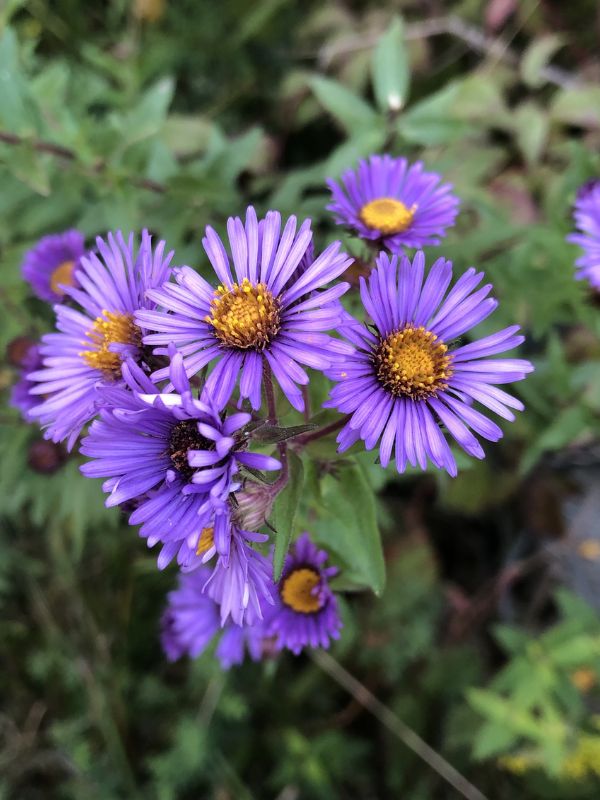
The leaves can vary in size, with the basal and distal (highest) leaves usually smaller than those occurring mid-stem. The basal leaves are sparsely hirsute and range wide. Stem leaves are generally lanceolate or oblong with pointed tips and have stipulate glands on both sides. They average in length by wide. The distal leaves are oblanceolate, also stipitate-glandular, and softly-pubescent. Distal leaves range in length by wide.
- Flowers
Growing pattern in paniculo-corymbiform arrays
Symphyotrichum novae-angliae is a late-summer and fall blooming perennial with flower heads opening as early as August in some locations and as late as November in others. The inflorescences grow in paniculo-corymbiform arrays, also called “cymose corymbs”. These inflorescences have many leaves and are quite crowded, typically with one head at the end of each small branch. Each open flower head can be up to in diameter.
- Involucres and phyllaries
On the outside the flower heads of all members of the family Asteraceae are small specialized leaves called “phyllaries”, and together they form the involucre that protects the individual flowers in the head before they open. The involucres of S. novae-angliae are campanulate (bell-shaped) to hemispheric (half-spherical) and usually in length. The phyllaries are spreading and often reflexed and are covered with stipitate glands. They are in (sometimes up to 6) somewhat equal rows.
- Florets
Each flower head is made up of ray florets and disk florets in about a one to one ratio, with the former accepting pollen before, and longer than, the latter. The ray florets grow in one, two, or multiple series and are usually deep purple, rarely pink or white. They average in length and wide. Ray florets in the Symphyotrichum genus are exclusively female, each having a pistil (with style, stigma, and ovary) but no stamen; thus, ray florets accept pollen and each can develop a seed, but they produce no pollen.
The disks have florets that start out as yellow and later turn purple. Each disk floret has an average range of in depth and is made up of 5 fused petals, collectively called a “corolla”, which opens into 5 lobes. Disk florets in the Symphyotrichum genus are androgynous, each with both male (stamen, anthers, and filaments) and female reproductive parts; thus, a disk floret produces pollen and can develop a seed.
- Fruit
The fruits of Symphyotrichum novae-angliae are seeds, not true achenes but cypselae, resembling an achene but surrounded by a calyx sheath. This is true for all members of the Asteraceae family. After pollination, they become dull purple or brown with an oblong or obconic shape, are uncompressed, and are long and wide with 7–10 nerves. They also have tufts of hairs called “pappi” which are tawny or rose-tinged in color and long.
New England aster generally grows in wet environments but also has been found in dry soil or sand. The seeds and nectar of this mostly conservationally secure species, which blooms August to November, are important to a wide variety of animals, including birds, bees, and butterflies. It has been introduced to Europe, Central Asia, Hispaniola, New Zealand, and some western states and provinces of North America.
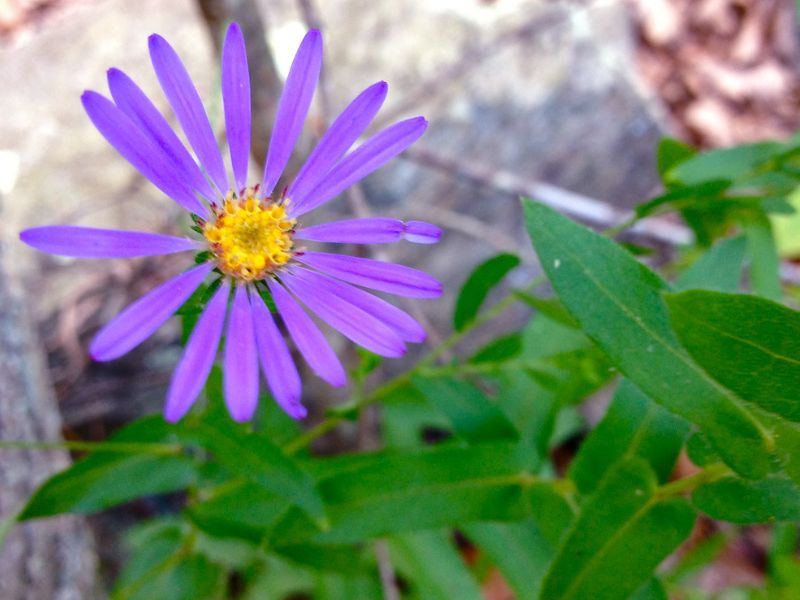
The naturally-occurring hybrid species of New England aster and white heath aster (Symphyotrichum ericoides) is named Symphyotrichum × amethystinum and is commonly known as amethyst aster. It can grow where the two parents are in close proximity. There are roughly 50 cultivars of Symphyotrichum novae-angliae available, including the award-winners ‘Brunswick’, ‘Helen Picton’, and ‘James Ritchie’. It has been used by indigenous Americans, such as the Cherokee, Iroquois, and Potawatomi, to heal multiple ailments.
II. How to Grow and Care
Sunlight
New England asters need full sun to grow and bloom their best. That means their growing site should get at least six to eight hours of sunlight on most days.
Temperature and Humidity
New England asters tend to grow vigorously throughout the climates of their USDA hardiness zones 4 to 8. Extremely hot weather can make the plants wilt, but they should come back once the temperature cools. Humidity generally isn’t an issue, though ensure that your asters have good air circulation when planting them. Poor airflow plus high humidity can be a breeding ground for diseases.
Watering
New England asters like moist soil. They can tolerate lower levels of soil moisture if the soil is not completely dry to the touch. Water your plants well during periods with little to no rainfall.
Soil
These plants prefer rich soil with a slightly acidic soil pH and good drainage, but they can grow in other soil types as well. They’re even tolerant of clay soil.
Fertilizing
Plan to fertilize your asters in the spring when new growth appears. Use a water-soluble or granular fertilizer that is formulated for flowering plants. Choose a fertilizer that is higher in phosphorus than it is nitrogen or potassium. For the amount to use, follow the product label instructions. You also can enrich the soil with compost.
Pruning
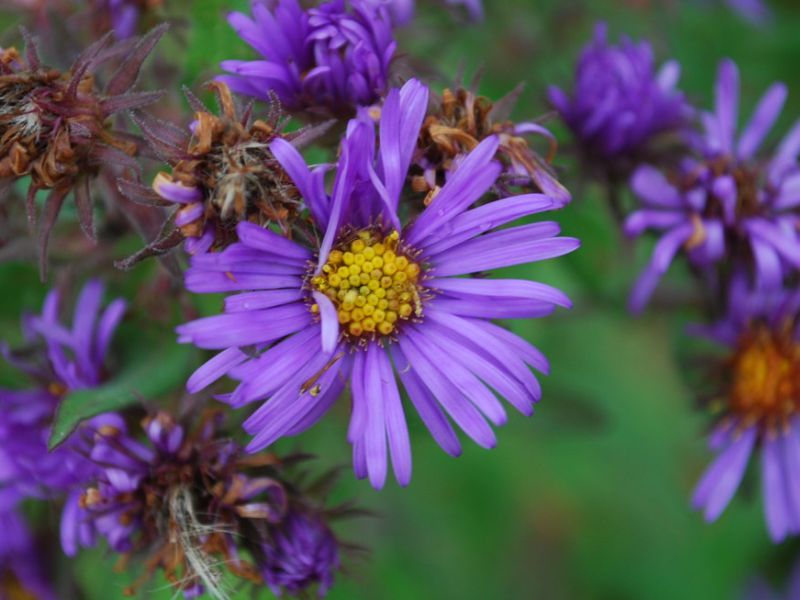
In early summer, pinching back stems every few weeks can promote a bushier and more compact growth habit. However, stop the pinching process by August, or you might accidentally take off some flower buds. If your asters become very tall and lanky, you might need to stake them to prevent the stems from flopping over.
Cut the asters to the ground after they’re done flowering and the foliage dies in the fall. If you’re not too concerned about garden tidiness, consider leaving the foliage intact to protect overwintering insects and small animals.
Propagation
New England aster can be propagated easily by division, cuttings, or seeds. Many gardeners find that division is the safer route because it’s impossible to know for sure what the aster will look like when it is propagated from seed.
To propagate from division, wait until the aster plant is at least three years old. This ensures a robust root system to easily divide without damaging the main plant.
- Use a shovel to cut into the clump, dividing it neatly into two parts.
- Replant the divisions immediately at the same depth they were growing previously.
- Feed them with bone meal or low-nitrogen fertilizer and water regularly until established.
Or, propagate New England aster by cuttings:
- Cut a five-inch section of stem from a healthy plant in early spring.
- Remove the lower leaves, keeping three or four sets at the top of the stem.
- Dip the stem in rooting hormone and place it in a pot filled with well-draining medium, like perlite or sand.
- Cover the cutting with a plastic bag to promote better humidity. Roots should develop within a matter of weeks.
How to Grow From Seed
Though asters will readily self-seed in the garden, it’s possible to collect the puffball-like seeds and germinate them indoors.
- During the early winter sow seeds in well-draining potting soil.
- Cover them with plastic for added humidity.
- They should germinate with a soil temperature of 65 to 75 degrees Fahrenheit.
Potting and Repotting
When potting asters, choose a pot that is a little bigger than the aster plant. The pot should have a drainage hole. Plant the aster in well-blended compost, in a hole a little larger and deeper than the pot the aster was originally in. Cut back the plant after flowering and overwinter it in a cold frame or greenhouse. If the aster becomes root-bound, transfer it to a pot that is a few inches wider than the current one.
Overwintering
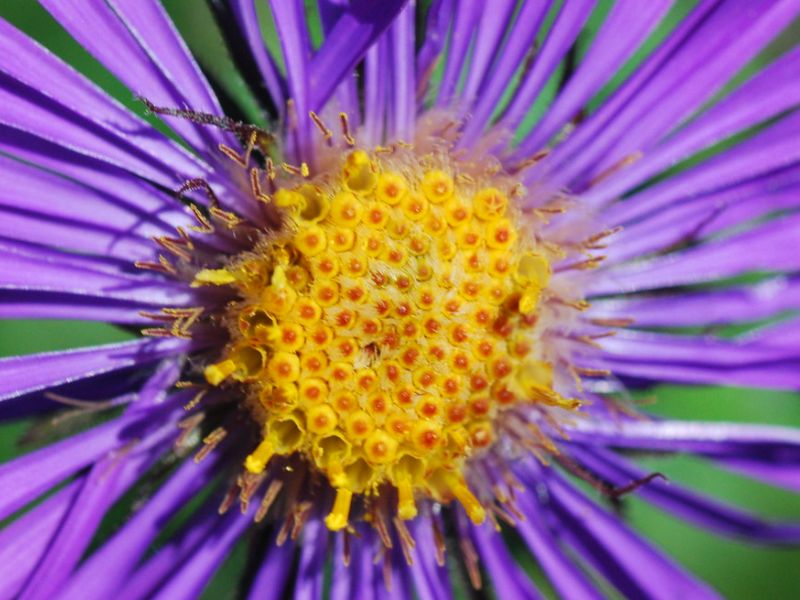
To help asters thrive, water the ground well before the first freeze hits. After the ground freezes, cut the asters back to the soil level and cover them with 2-3 inches of mulch. If you’re not too concerned about garden tidiness, consider leaving the foliage intact to protect overwintering insects and small animals.
Pests and Diseases
Common Plant Diseases
Asters are generally hardy flowers, but they can be susceptible to powdery mildew. This is a fungal disease that leaves patches of white or gray powder on the leaves and stems of an infected plant. Check the undersides of leaves, as this is where it often first appears. In addition to the white or gray patches, the plant also might yellow, look withered, and lose leaves.
To treat powdery mildew, you can apply a fungicide formulated to treat the disease. It’s also recommended to prune off infected portions of the plant, especially if it’s only on a small area and hasn’t spread yet.
Prevention is key as well. To avoid powdery mildew problems with your asters, make sure there is good airflow among the plants. Thin your asters by dividing them every few years in the early spring or fall. Also, always water plants at their bases not from above. Wet foliage encourages fungal diseases; fungi does not grow on dry foliage.
Common Problems
Stunted Growth
A problem that can affect aster plants is called aster yellows. Despite the name, this can happen to other plants as well. It presents itself with stunted growth, the plant sending out secondary shoots, smaller and narrower leaves, and a twisted look to the leaves, as though they are drying up despite ample water. The colors of the plant will be off as well – the typical lovely colors will be severely muted, and the leaves will be a paler color than usual. Flowers might be very small or malformed. The aster won’t produce any seed.
This problem is caused by the aster leafhopper, an insect that spreads a particular bacterium from one plant to another.1 The result is damage to the whole garden, but especially to the aster plants. Unfortunately, there is no treatment, and the best you can do is remove the affected plants immediately to prevent the bacterium from spreading further.
Dropping Leaves
If you notice your New England aster dropping leaves, it might be stressed from lack of water. Check your soil and make sure your plant is receiving adequate water.
III. Uses and Benefits
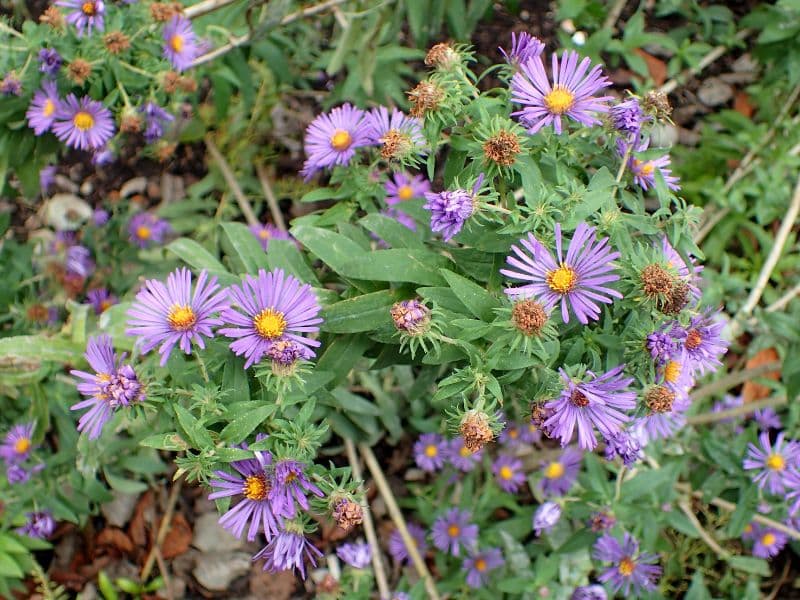
- Ornamental uses
Blooming in the fall, the New England Aster adds a touch of color and bright contrast to the dimmed color the fall brings.
It is planted in perennial borders alongside garden boundaries and in groups in garden beds.
The plant is categorized as a wildflower.
This means when the New England Aster is planted in meadows or wildflower garden, it creates effective naturalization.
It is also used in pollinator gardens as it attracts butterflies and different types of bees.
- Medicinal uses
Among Indigenous peoples of North America, it has been documented that the Cherokee have made a poultice of the roots for pain, an infusion of the roots for diarrhea, an infusion of the plant for fever, and have sniffed the ooze from the roots for catarrh.
Both the Meskwaki and the Potawatomi have used the plant to revive people: the Meskwaki by smudging, and the Potawatomi through fumigation. The Iroquois have made a decoction of the plant for weak skin and of the roots and leaves for fevers. They have used the plant as a love medicine. Both the Mohawk people and the Iroquois have used an infusion of the whole plant in combination with rhizomes from another plant to treat mothers with intestinal fevers. The Ojibwe have smoked the root in pipes to attract game.
Find Where to Buy the Best New England Aster (Symphyotrichum novae-angliae)
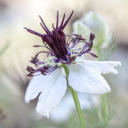


![New England Aster (Symphyotrichum novae-angliae) 9 Symphyotrichum novae-angliae (New England Aster) [25 Seeds]](https://i0.wp.com/hayefield.com/wp-content/uploads/2021/11/Symphyotrichum-novae-angliae-Ondra-7.jpg?fit=500%2C500&ssl=1)
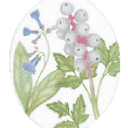



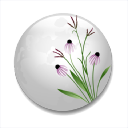









Leave a Reply